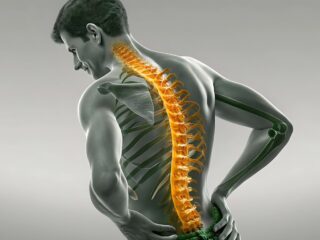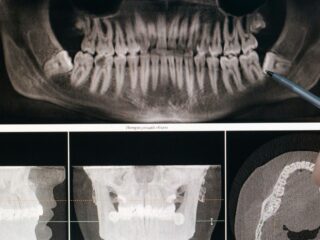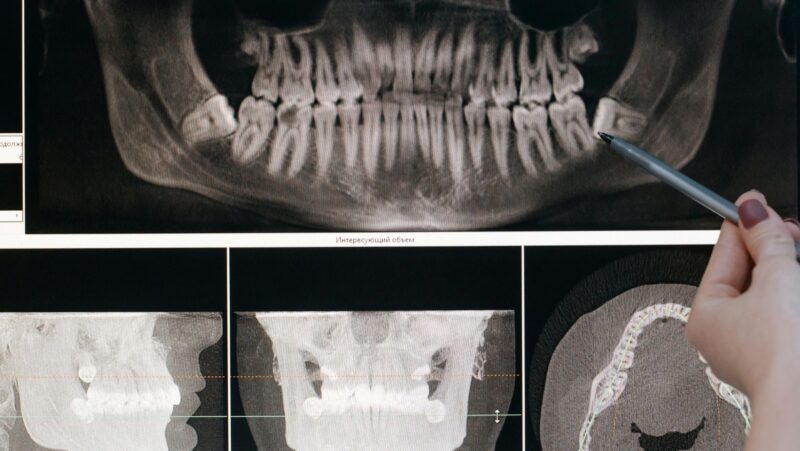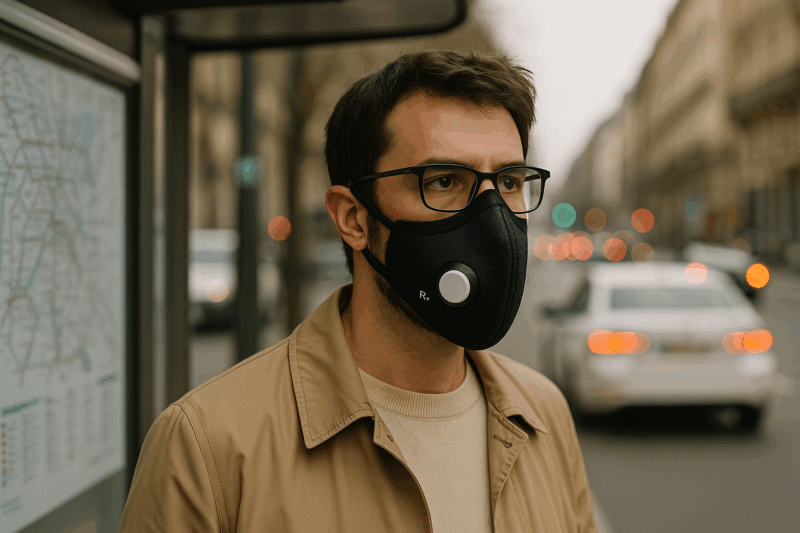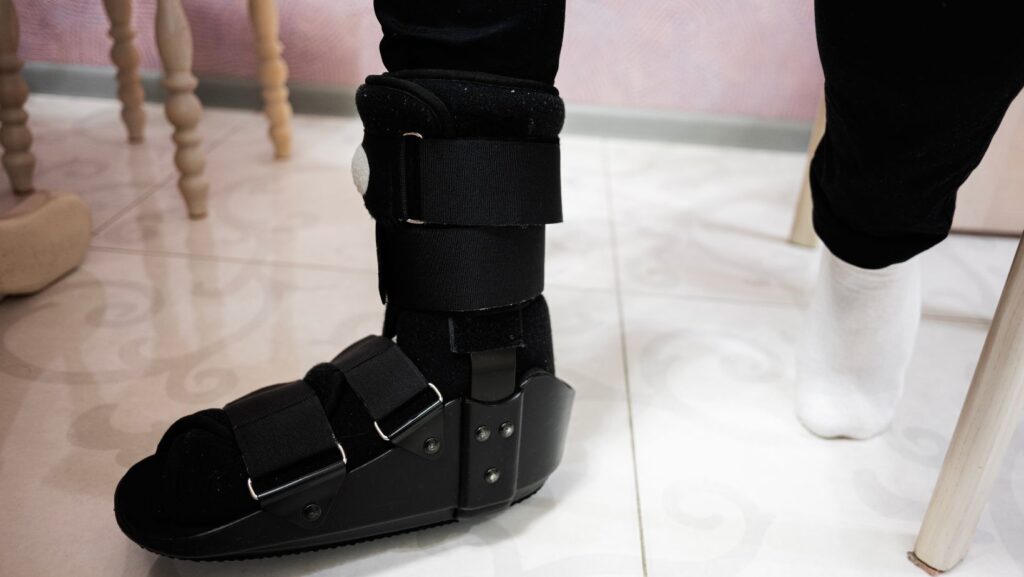
Joint pain, instability, or injury negatively impacts quality of life if you don’t do anything about it. Even ordinary everyday things like climbing stairs, carrying groceries, or sitting at a desk can become unbearable. Of course, there’s medication for pain and recovery, but treatments can be paired with orthopedic braces and supports.
These devices are designed to provide stability, aid movement, and relieve pain. They can help with both acute and chronic conditions and help you regain your abilities (and confidence).
In the U.S., 53 million adults have arthritis, a condition marked by joint pain. Similarly, musculoskeletal disorders account for 70 million physician visits. These numbers show just how many people suffer from pain and discomfort, which orthopedic support devices could help with.
What Are Orthopedic Braces and Supports?
Orthopedic braces and supports are medical devices that stabilize, align, and support joints, bones, or muscles. They may limit movement to protect an injury, correct a deformity, or simply ease pressure on painful areas.
Braces and supports typically use lightweight but durable materials such as carbon fiber, medical-grade thermoplastics, and breathable neoprene. As a result, they’re comfortable to wear and even discreet (when covered with clothing).
Also, depending on the type, you have adjustable straps, gel padding, or even smart sensors to monitor motion and pressure.
Conditions and Challenges Orthopedic Braces and Supports Address
Orthopedic braces and support devices target the symptoms caused by injuries and/or conditions, many of which are chronic. That means patients with such conditions may need to rely on these devices long-term. But the payoff comes in the form of better pain management and more independence.
Here are the scenarios in which you may benefit from wearing orthopedic braces:
Sports Injuries
Athletes are prone to serious injuries that can negatively affect their performance. And they need solutions for quick recovery and continuous support. They also need preventative actions to reduce the chances of certain injuries, especially if they’ve had them before.
All those concerns can be answered with various types of orthopedic supports. You’ll even see athletes wear supports on the field. For instance, Olympic skier Lindsey Vonn famously wore a custom knee brace to compete after serious ligament injuries.
Arthritis and Osteoarthritis
Joint braces can reduce pain and increase activity levels. Arthritis and osteoarthritis are two very common conditions that involve joint pain, especially in the lower half of the body. For patients with these conditions, knee and ankle braces can be a godsend and help them manage pain in their day-to-day life.
Post-Surgical Recovery
Doctors usually prescribe orthopedic support devices to people who have had surgery, particularly those related to bones, joints, or muscles. For instance, your doctor may recommend wearing a knee brace after ACL reconstruction or a back brace after spinal surgery.
That’s because braces protect healing tissues and ensure proper alignment. And they lower the chance of re-injury.
Chronic Conditions
Besides arthritis, there are many other chronic illnesses with musculoskeletal pain as a symptom. Some of the common conditions where braces come in handy include scoliosis, cerebral palsy, or carpal tunnel syndrome.
For children with cerebral palsy, for example, AFOs have been shown to improve walking mechanics and reduce energy expenditure. Braces were also found to be quite effective in adolescents with idiopathic scoliosis.
Types of Orthopedic Braces and Supports
You’ll find a wide range of orthopedic support devices on the market today. Each device typically focuses on a single joint or muscle group.
Let’s talk about the specific types and how they help treat various conditions and injuries:
1. Knee Braces
Knee braces are commonly prescribed supports for knees and address issues from ACL tears to osteoarthritis. Functional Braces stabilize injured ligaments after surgery. Unloader Braces shift weight away from arthritic areas, which helps reduce pain and improve mobility.
A British Journal of Sports Medicine study found that cross-bracing protocol (CBP) using knee braces helped 90% of patients heal within six months.
2. Ankle Braces
Athletes and people with chronic instability use these. Ankle braces can cut the risk of ankle sprains, according to one review. They can also help with recovery. These come in different levels of rigidity and are made of different stretchy materials.
3. Wrist and Hand Supports
Wrist splints are used for issues like carpal tunnel syndrome, tendonitis, or post-fracture recovery. Studies show that splints can temporarily provide relief from symptoms in just a few weeks.
4. Back Braces
Back braces help manage chronic lower back pain, scoliosis, or postoperative spine care. Rigid thoracolumbosacral orthoses (TLSOs), a type of back brace, have been shown to improve posture and reduce discomfort in the elderly, as well as alleviate foot pressure.
5. Foot Orthotics and AFOs (Ankle-Foot Orthoses)
From flat feet to drop foot, custom foot orthotics and AFOs improve gait and reduce fatigue. These may also help patients who have developed disability as a result of a stroke, especially when combined with balance exercises.
How Orthopedic Braces and Supports Help Improve Quality of Life
Orthopedic supports and braces improve the quality of life for people recovering from an injury or suffering from a condition. The pain, in particular, of muscles and joints can prevent people from doing chores and things they enjoy.
For instance, a survey from the Arthritis Foundation found that for most patients, pain can be a big hurdle. It hinders their ability to perform normal daily tasks. So braces and support devices may just be the thing to take back control.
For pain relief and comfort, these devices redistribute pressure and stabilize joints. They may need to be combined with pain medication in many cases. In some cases, you may be able to find relief just with the braces.
| “The benefits of using orthopedic braces extend beyond physical support. By promoting healing and enabling individuals to return to daily activities, braces can significantly enhance quality of life. Many patients report decreased pain levels, improved mobility, and a greater sense of confidence when using braces during rehabilitation or sports,” writes Fatima Sani in her article in the Journal of Bone Research. |
Braces also help people stay active and self-sufficient. Seniors with knee or back supports can walk longer distances. That, in turn, reduces their need for assistance and helps them maintain social connections.
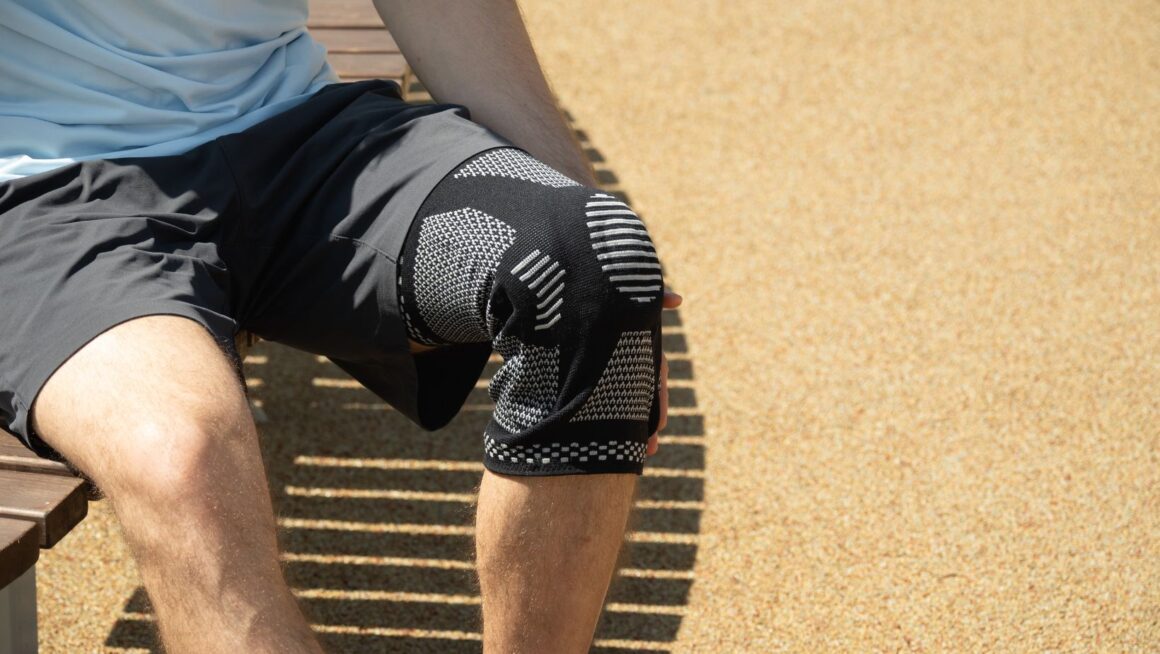
Similarly, fear of falling or re-injury can be debilitating. Braces provide psychological reassurance. A 2021 study in Disability and Rehabilitation found that users of ankle-foot orthoses experienced reduced anxiety and increased social participation.
How to Choose the Right Brace or Support
As mentioned earlier, there are numerous orthopedic braces and supports available. Even within the same type, you’ll find plenty of varieties. Here’s how to go about finding the right one for your circumstances:
- Professional assessment: Always start with an orthopedic specialist, sports medicine physician, or physiotherapist to ensure correct diagnosis and brace type. Although a prescription isn’t required for braces, it’s generally a good idea to consult with a professional.
- Fit and comfort: A poorly fitted brace can cause skin irritation or restrict circulation. Opt for materials that fit snugly but are also breathable.
- Purpose and activity level: Braces for athletic performance differ from those for long-term arthritis management. They are used to provide support during the activity. Choose accordingly and don’t forget to test them on the field first.
- Custom vs. off-the-shelf: Off-the-shelf braces are cost-effective for mild issues. For complex conditions or high-impact sports, you may need a customized solution.
Also, insurance may cover medically necessary braces with a prescription, but coverage details vary. Check with your provider if it’s covered. Simpler braces are quite affordable.
Tips to Make the Best of Orthopedic Braces and Supports
If you’re new to orthopedic braces, read the suggestions below to ensure they actually help you:
- Follow the wearing instructions: Ask your doctor how long or frequently you should wear the braces. Overuse can weaken muscles, while underuse limits benefits.
- Integrate physical therapy: Combine bracing with exercises to maintain muscle strength and improve outcomes. For example, ACL patients using functional knee braces alongside targeted therapy see faster returns to sport.
- Maintain cleanliness: To ensure your hygiene, go for braces and supports that are moisture-wicking, especially those that cover an entire area of skin, like wrist splints or ankle braces. Wash the area once you take them off.
- Routine maintenance: Wash removable liners, inspect straps for wear, and replace parts as needed to maintain proper support.
Embrace Your Independence
The worst part of being injured or having a condition that causes pain or limits mobility is that you become reliant on others. That can create even more difficulties, especially for people who may live alone.
Orthopedic braces and supports help you regain your independence, both temporarily and in the long run, as you recover. With their help, you can do your chores, walk in the park, or do your work pain-free.
As materials and technology continue to advance, braces will get even better. Smart braces with embedded sensors or 3D-printed custom orthoses will offer even more personalization and better support, especially for complex cases.
FAQ
Do braces weaken muscles over time?
Orthopedic braces don’t weaken muscles if used properly. Most orthopedic specialists pair bracing with strengthening exercises to maintain muscle integrity. If you exercise regularly while wearing braces, your muscles will strengthen.
Can I wear a brace all day?
Follow your healthcare provider’s instructions. Some braces are designed for continuous wear, but others are for limited daily use.
Does insurance cover orthopedic braces?
Many health insurance plans, including Medicare and private carriers, cover medically necessary braces with a prescription.
How long will I need to wear a brace?
It depends on your condition. For example, post-surgical braces may be worn for weeks to months, while arthritis supports can be a long-term management tool.
Can children use orthopedic braces?
Yes. Pediatric braces, including scoliosis supports and AFOs, are also made for growing bodies and play a critical role in early intervention.

